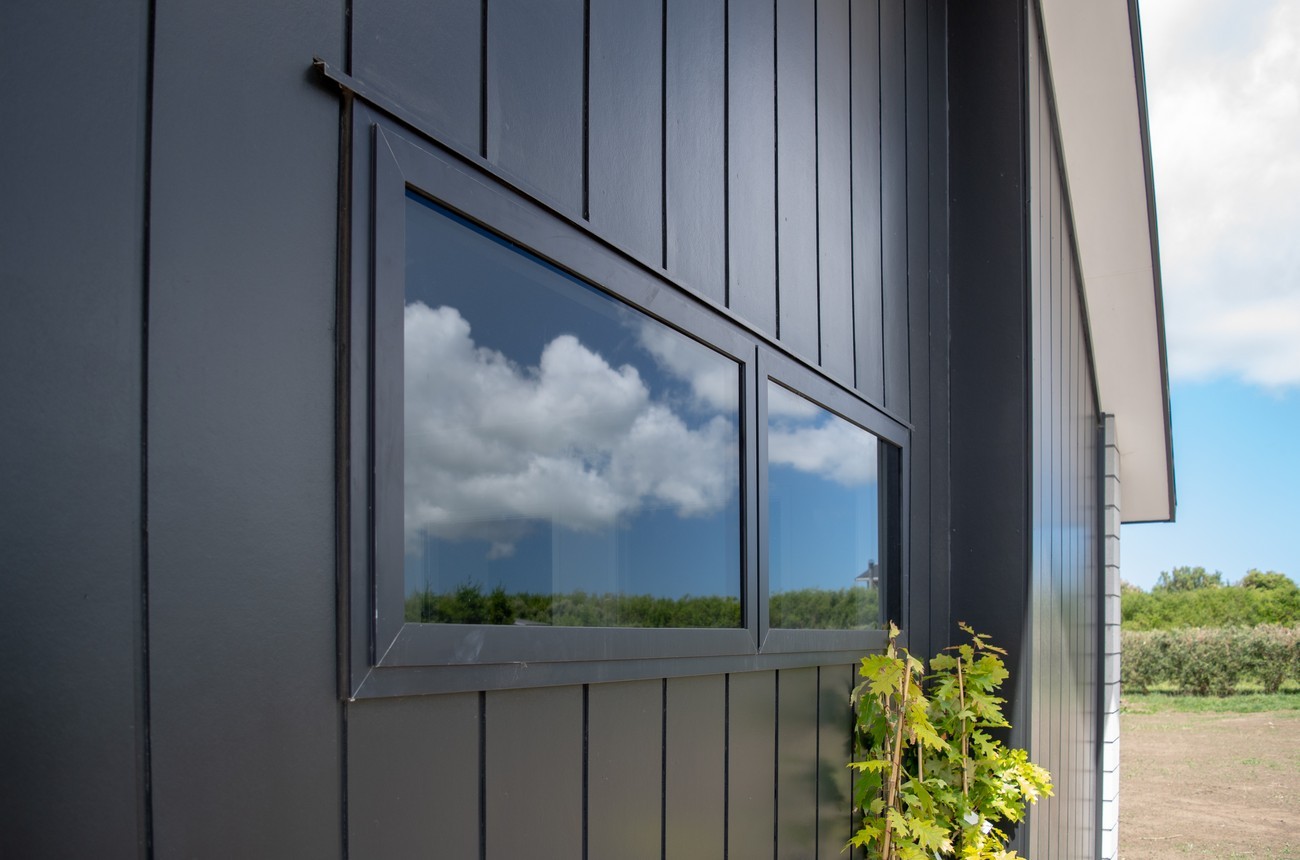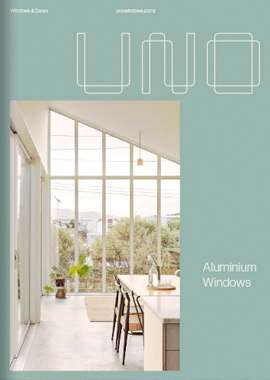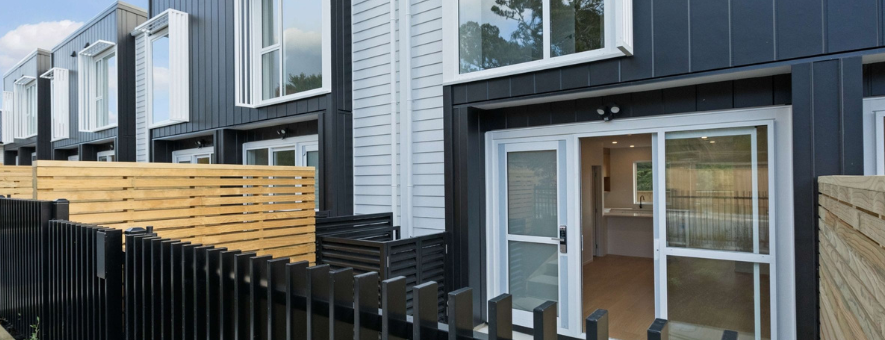When choosing new windows, most people consider the design features, such as opening style and joinery colour, however an important component that is often overlooked is the glass type. There’s more to windows than just what you see - the glass type you pick can have a significant impact on the temperature, lighting, sound and overall comfort of your home.
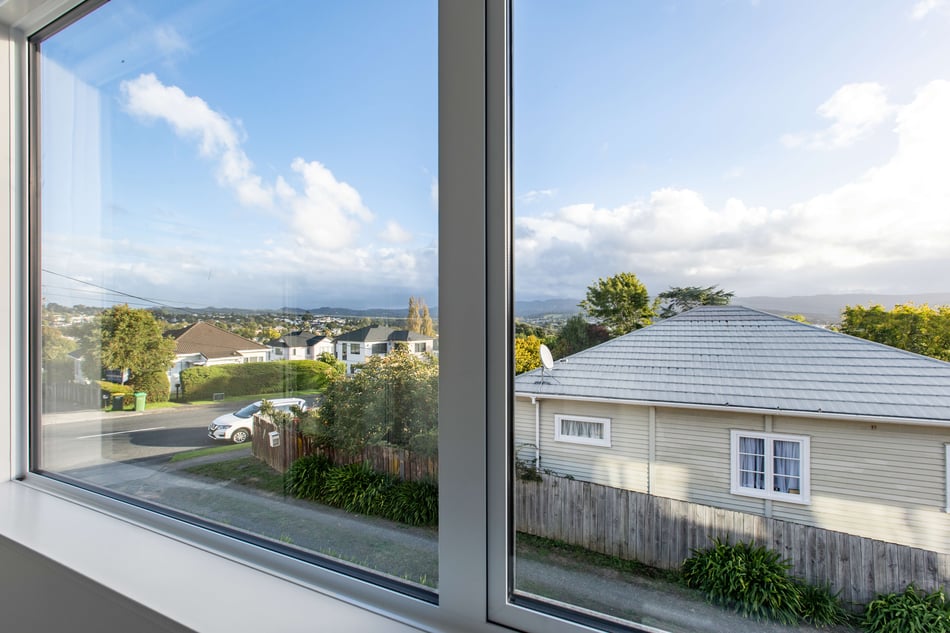
There are many different glass types to choose from, each with their own unique properties. Some will assist you with regulating the temperature in your home, as well as minimising noise and reducing your power bill. This blog outlines the benefits of each option to help you decide on a glass solution for your home.
Types of glass
Single glazing
This is a single piece of glass, therefore does little to reduce the transfer of heat, U.V or sound.
Double glazing
Double glazed windows (or an insulated glazing unit) is made up of two layers of glass with a sealed space between that can be filled with air or gas.
Laminated glass
This is a type of safety glass with two panes bonded together by a clear vinyl interlayer, often also used for sound reduction and to minimise fading.
Low-E glass
This has a virtually invisible, high-tech protective coating that minimises heat transfer through the glass (low emissivity). By letting the light in and reflecting the heat back to the source, it improves the thermal efficiency and helps to create a lighter, healthier home. To learn more, check out our Low-E glass and why it's perfect for winter blog.
Obscure glass
Typically used for areas requiring privacy, such as bathrooms, obscure glass restricts the visibility through a window.
Tinted glass
This is made by adding metal oxides to the raw materials and is used as an aesthetic feature or to reduce the glare and fading from the sun. Grey tinted glass is often used in New Zealand homes.
.jpg?width=950&name=Bedroom%20Window%20(2).jpg)
Selecting the right window glass for you
It's important to select the right combination of glass types, so that you can enjoy an optimal window solution in your home. To ensure you get the best performance from your glass, you should consider the following factors.
Sound
Excessive noise, such as living near train tracks, motorways, schools, industrial sites or in a compact housing area, can be disruptive to your daily life. Therefore it’s important to choose a glass type that will help minimise the external sound. The frequency and pitch of the sound at your location will help determine the glass best suited to minimise the specific sound, however laminated glass is commonly the most effective option. Double glazed windows are also a significant improvement for sound reduction when compared with the single glazed alternative.
U.V and fading
You can reduce fading or damaging of furniture, artwork and carpets by choosing a glass that lessens the U.V transmission through the window. Laminated glass is an effective option as the interlayer absorbs the U.V light and this can also be combined with tinted or low-E glass for further U.V reductions. Reflective glass, which also can assist to reduce fading, is commonly used in office buildings.
-1.jpeg?width=950&name=1316728832%20(1)-1.jpeg)
Temperature control in summer
Heat from the sun can make some New Zealand homes too hot during the summer months. Double glazed windows can help maintain inside temperatures by reducing the heat transfer from outside. Tinted and low-E glass will also further reduce the heat gain as they both absorb solar energy.
Heat loss and condensation in winter
With a growing emphasis on energy efficiency and healthier homes in New Zealand, using thermally improved materials is an important consideration. If active and passive design techniques are used, your home should be able to effectively generate and retain heat. By choosing an energy efficient glass type, such as low-E double glazing, less energy will be lost through your windows. This makes a more comfortable home and means less money is being spent on heating and cooling devices.
Condensation or “crying windows” is caused by the combination of a lower internal temperature in the home, a higher internal moisture level, and often inadequate ventilation. There is typically less condensation in modern homes compared with older single glazed ones due to an increase of insulation and better performing windows. Double glazing forms a thermal barrier to the outside, making the inner side of the window warmer. This helps to reduce internal condensation and keeps the warmth in, creating a drier and healthier living environment year round.
To further enhance the insulation and reduce condensation, we recommend combining double glazing with a low-E coating and argon gas. This combination results in a 70% heat loss reduction compared to 4mm clear single glazing by keeping the inner pane of glass warmer. The addition of thermal spacers can also further enhance performance and help reduce condensation.
Light and glare
Glare from the sun can be frustrating when directly in your eyes or on your screen. This can be minimised by choosing glass that reduces the light transmission, such as a low-E coating or tinted option.
Safety and security
Safety within your home should also be a top priority. All of our windows and doors comply with the NZ Building code NZS 4223, which stipulates that certain sizes of glass or glass placed in an area with higher risk of human impact, must be able to withstand impact without breaking. For standard safety requirements, toughened or laminated glass is sufficient.
The difference with safety glass compared to standard glass is that it will resist a higher impact and, when broken, forms small blunt granules rather than shattering into sharp fragments and risking injury. Safety glass is available with either single or double glazing and the safety glass range includes both toughened and laminated options.
Privacy
Privacy also needs to be considered when choosing a suitable glass, especially for bathroom windows and when living in urban areas. Obscure (or “privacy glass”) is useful where light is required, but not transparency. Using an obscure glass will diffuse the light to reduce visibility through the glass while still allowing natural light into the room.
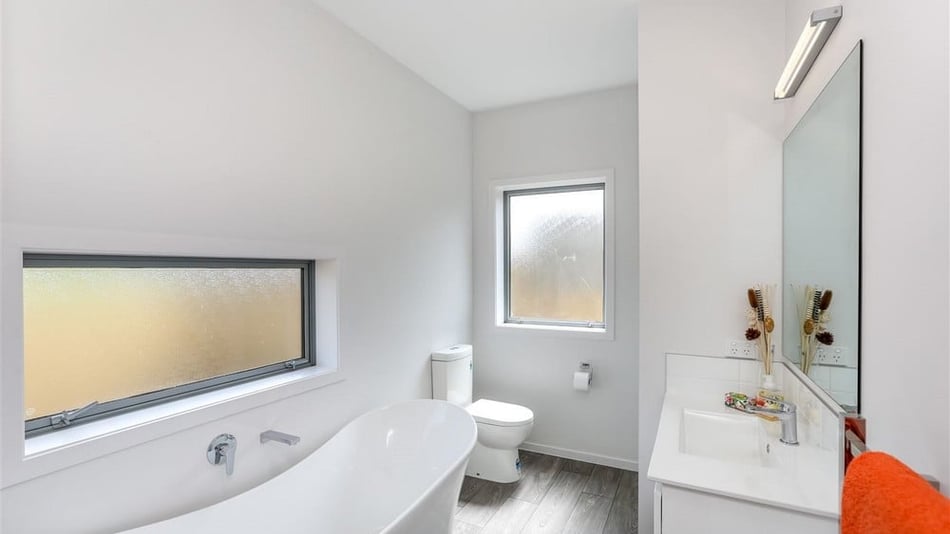
Recent government regulations in New Zealand are focused on improving the quality of living by creating homes that are warmer, drier and healthier. By selecting the right glass for your windows, you can significantly increase the energy efficiency and comfort of your home.
For more information regarding the best type of glass to use in your living environment, please download our latest glass brochure by clicking on the button below. This has been designed to help you find a high-performing glass solution that improves the comfort of your home!
Download our glass brochure

